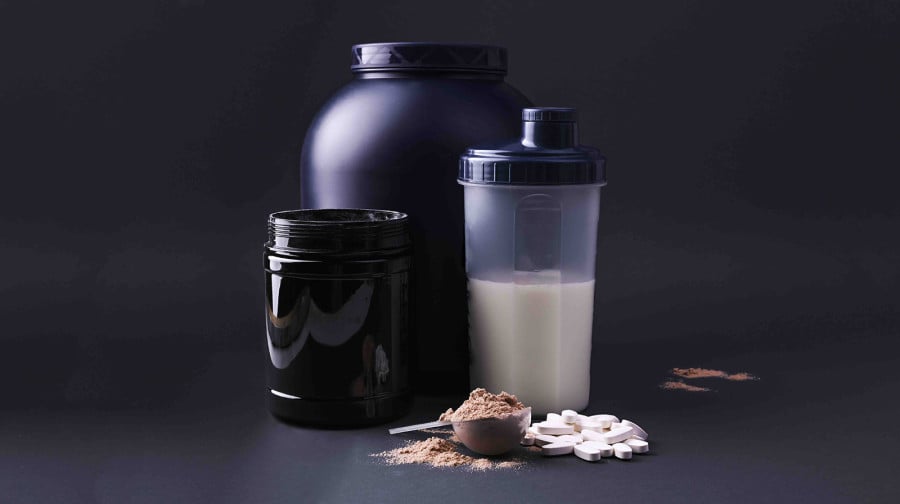Contamination cases: Is the ‘narrow corridor’ for athletes starting to widen? (the Shayna Jack first instance decision)

On 16 November 2020, a sole arbitrator of the Court of Arbitration for Sport (CAS), acting as a first instance authority, issued its decision[1] in the anti-doping contamination dispute between Australian swimmer Shayna Jack, and Swimming Australia and the Australian Sports Anti-Doping Authority.
Although the decision is likely to be appealed (and thus have limited applicability), it is still an interesting case to examine as it is the latest in a recent line of decisions that appear to give athletes more scope to reduce a ban for unintentional doping even if they cannot prove how the contamination occurred.
This article recaps the law and recent cases on contamination, looking at:
- Contamination under the World Anti-Doping Code
- Previous CAS cases
- Villanueva
- Lawson
- Andrea Ianonne
- The Shayna Jack decision
To continue reading or watching login or register here
Already a member? Sign in
Get access to all of the expert analysis and commentary at LawInSport including articles, webinars, conference videos and podcast transcripts. Find out more here.
- Tags: Anti-Doping | Contamination | Court of arbitration for Sport | Dispute Resolution | IAAF | United States | WADA Code | World Anti-Doping Agency (WADA) | World Athletics
Related Articles
- Assessing contamination and thresholds under the World Anti-Doping Code: an advocate’s view on Lawson v IAAF (CAS 2019/A/6313)
- Lawson v. IAAF: a view from the perspective of athletes' counsel
Written by
Mike Cook
Mike Cook is an arbitrator based out of Hillsboro, Oregon USA. He is a member of the International Panel at Sport Resolutions and a member of the medical committee of the International Functional Fitness Federation. Mike is also an international level competitor in CrossFit.




